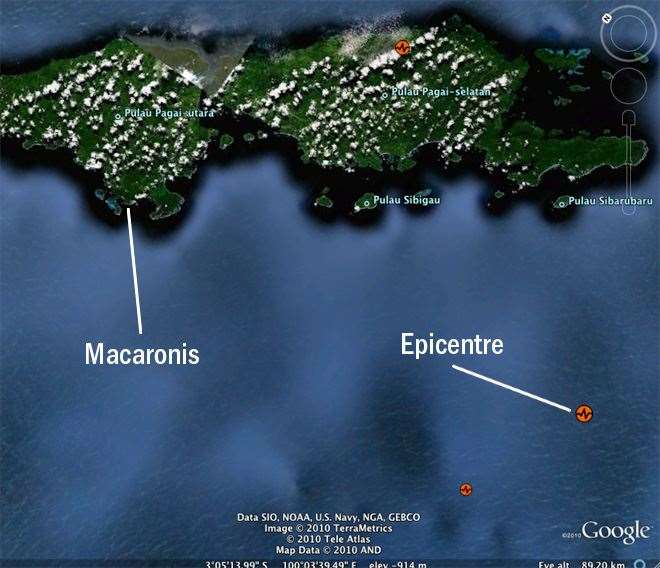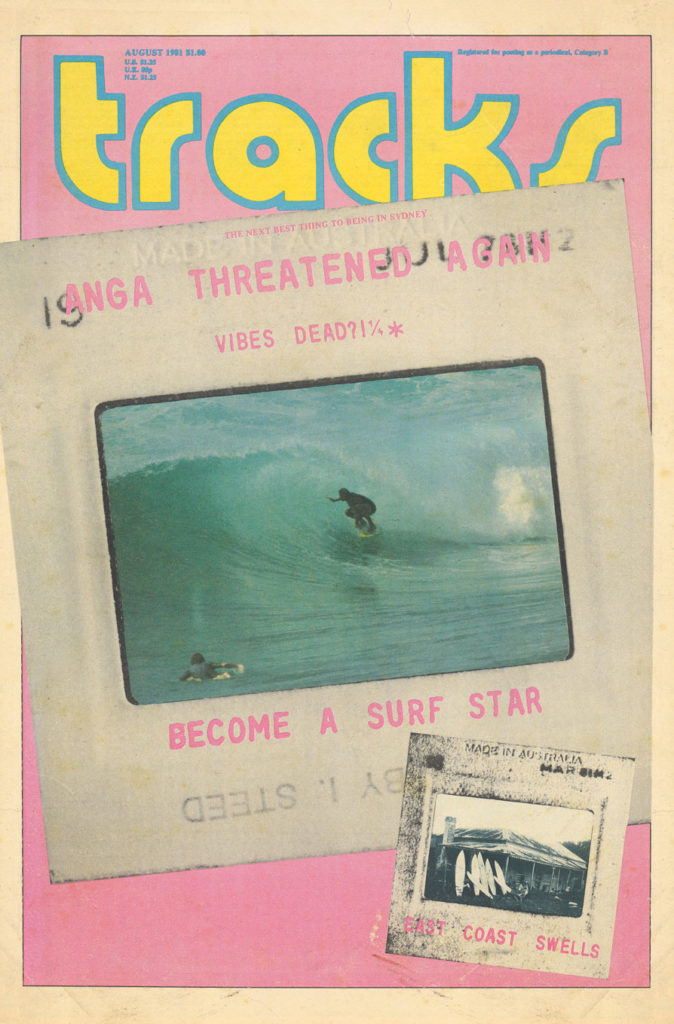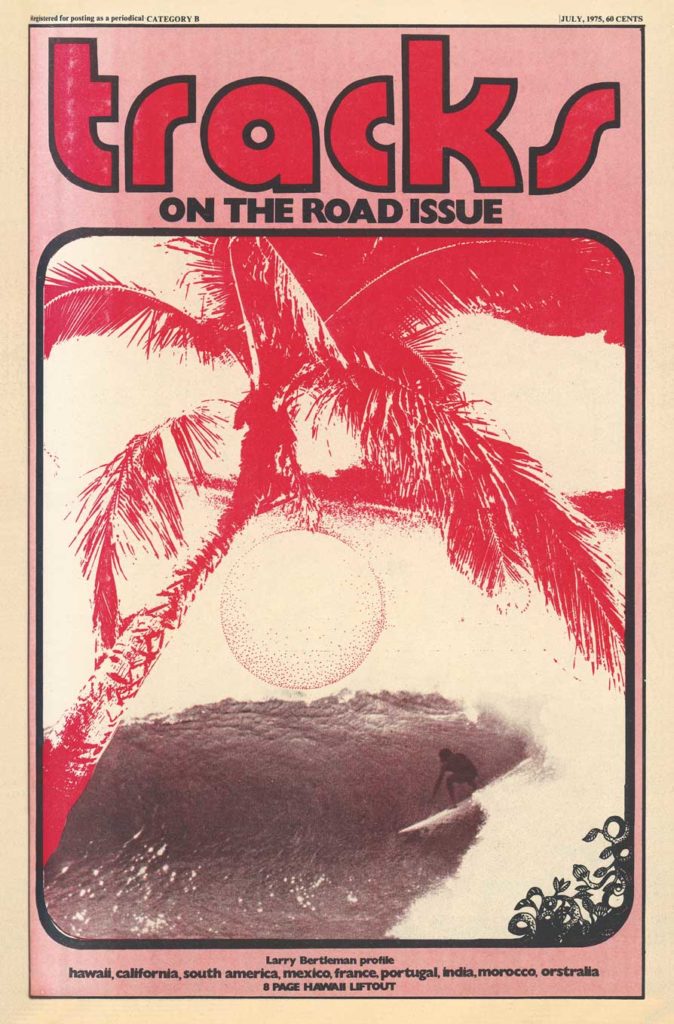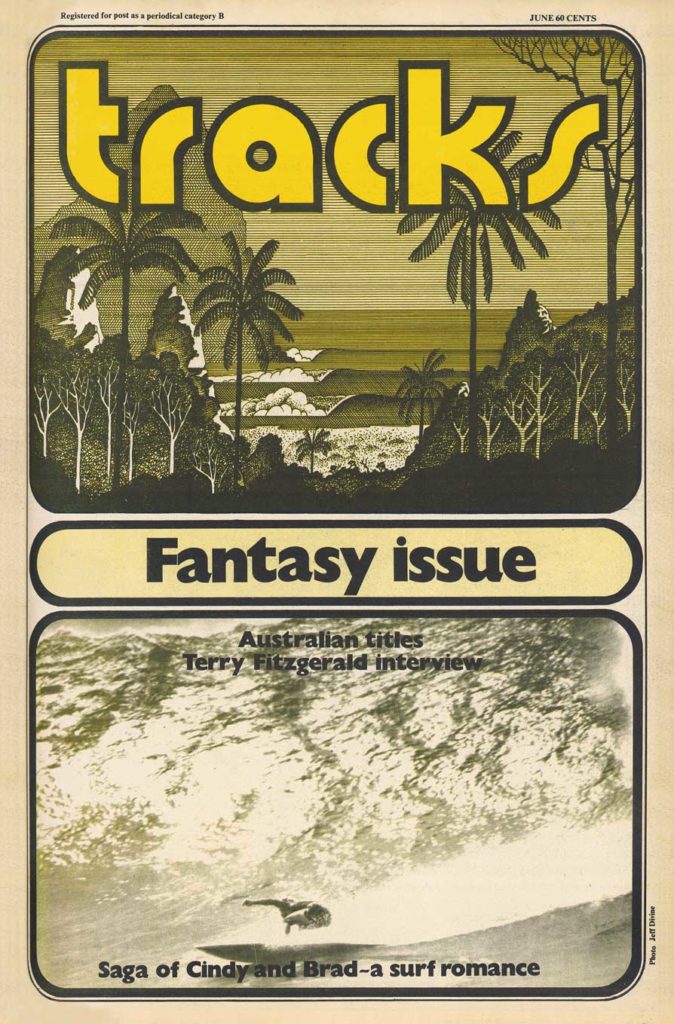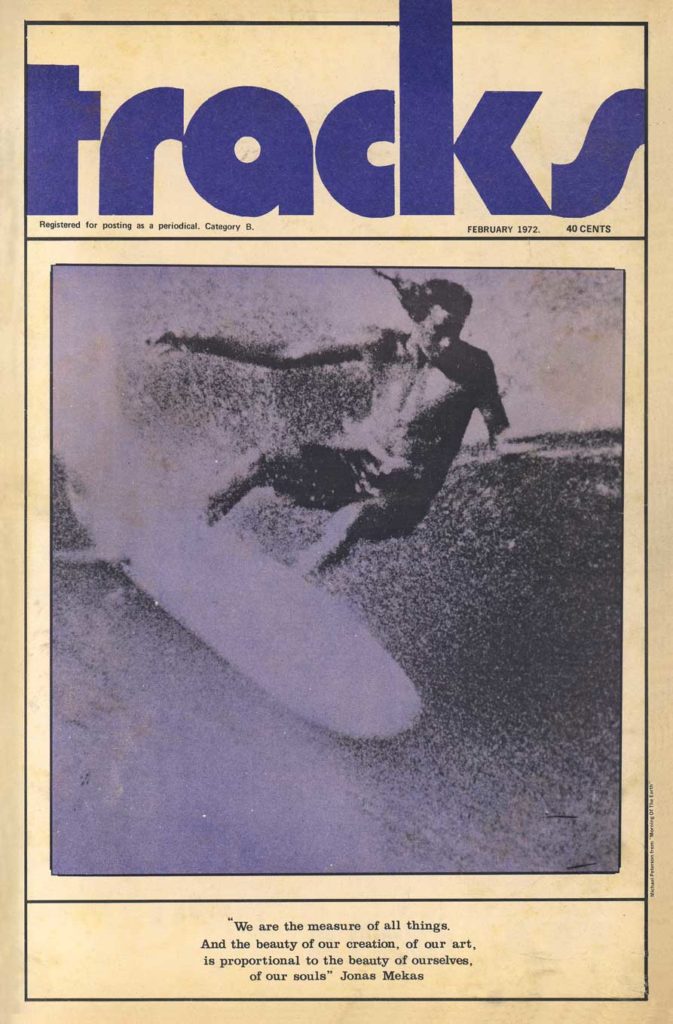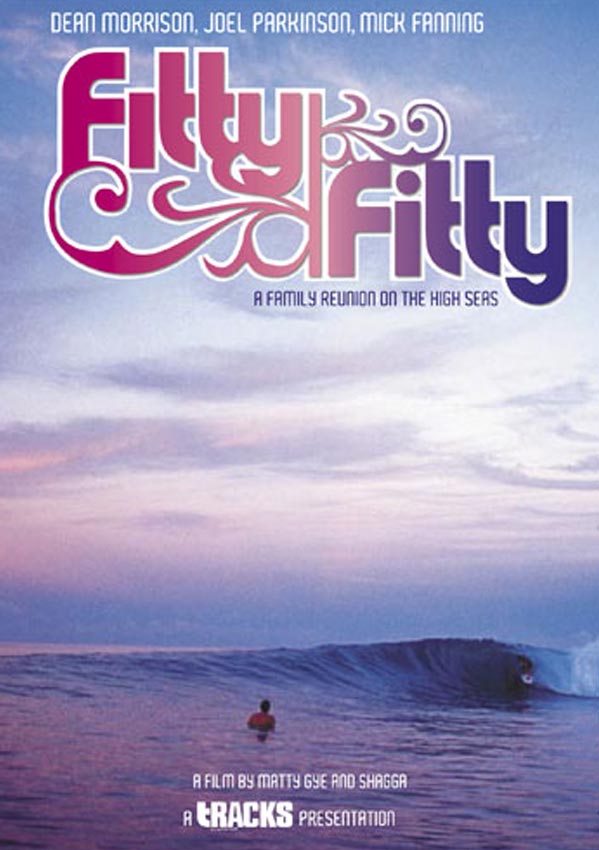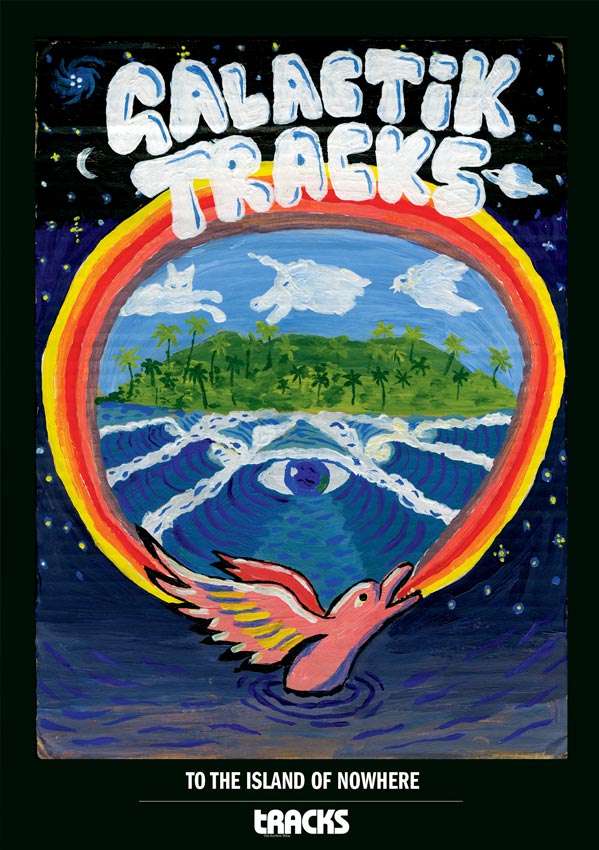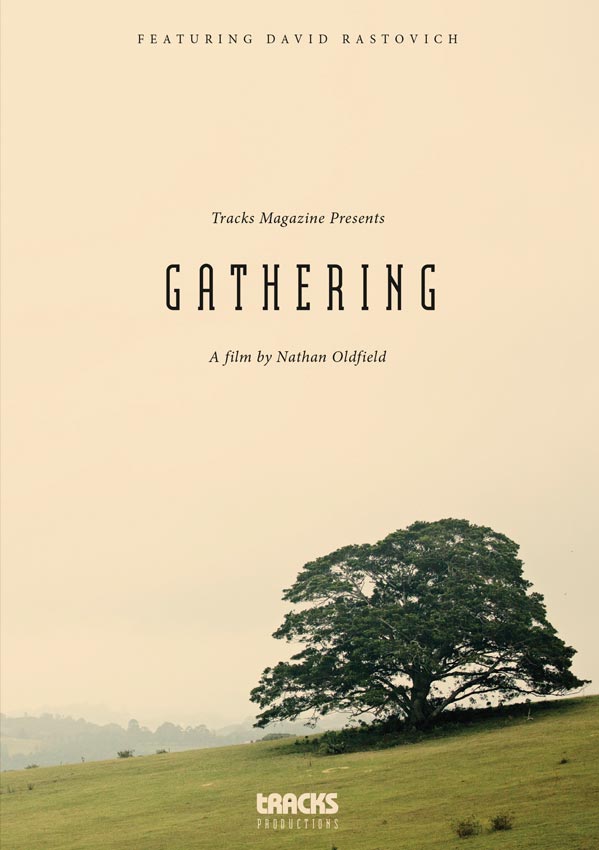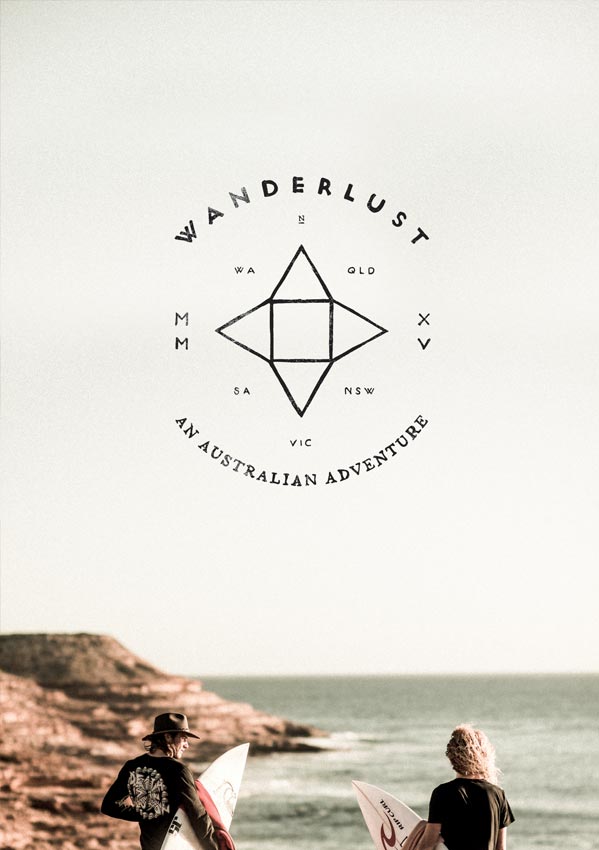 |
The Four Ways fin system, as the name suggests, allows you to change your set up four different ways. |
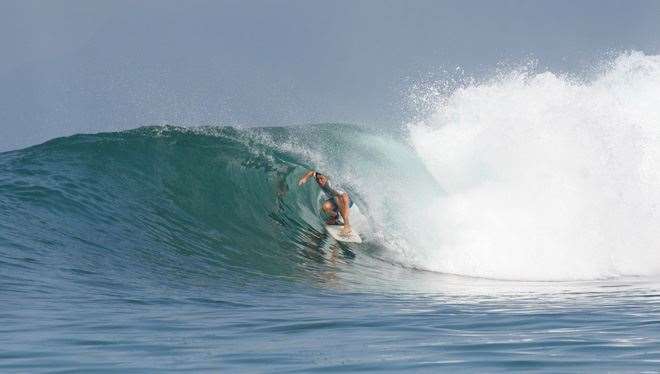
Clancy Mills from Merimbula checking the fins holding capablity in an Indo barrel.
Shapers have been experimenting with surfboard fins since Tom Blake ripped the metal keel off a speedboat and attached it to the bottom of a surfboard at Waikiki in 1935. Unless you are a gifted eccentric like Derek Hynd fins are crucial to a boards drive, speed and maneuverability. You need them and you will surf better if you set your fins to suit the conditions. Until recently that basically meant big fins in big waves and small fins in small waves. But now there is a system which opens up a world of options for the non-shaper. The Four Ways fin system, as the name suggests, allows you to change your set up four different ways. When you factor in all the fin sizes and shapes in the 4WS range that adds up to hundreds of options on a single board.
Tracks caught up with south coast shaper Jed Smith of Bush Rat Surfboards to get the low down. Jed was so impressed with the system he’s now the Australian sales rep for 4WS.
Who came up with the system, where and when?
Dean Gerahty, a surfer/shaper from South Africa invented the 4WFS in 2002.
Explain how it looks and works in simple terms.
The fin system is broken into three parts (not two like other systems). One: A pot is set under the fiberglass of the surfboard. This forms a 45mm round, 15mm deep hole in the board. Two: A 45mm round, 15mm disk goes into the pot.
Three: A fin fits into a rebate in the disk. Forward and back movement is achieved by the rebate in the disk being 5mm longer than the fin tab. Tow in and tow out is achieved by twisting the disk in the pot. The disk is interchangeable, with four options available. This gives you six splay angles to chose from, between 0 and 12 degrees. (for a more detailed explanation see 4wfs.com)
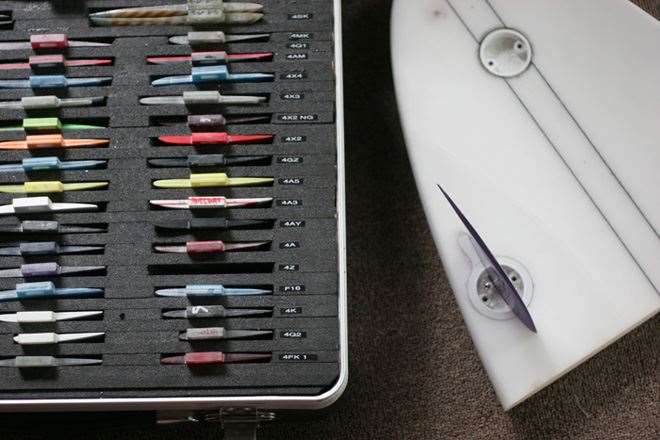
The ultimate fin box.
Who is using them so far – companies and surfers?
Sean Holmes and Sean Gossman have been competing with the fins for some time. Dan Ross has just joined the 4WFS team in the WCT. Geraghty Shapes has done over 10000 boards with the 4WFS in South Africa. Imagine Surfboards have put in over 3000 sets. Quite a few smaller players are starting to use them in Australia and overseas while the bigger players are just keeping an eye on how things are panning out.
What are the obstacles to getting any new fin system a start when you’re up against a dominant market force like FCS?
A lot of the top world surfers are ties up in contracts with fin companies that can afford to pay the big bucks to keep them, and can afford to flood the market with advertising at the same time. Some of the large shapers have signed contracts, which restrict them to only using one fin system. Big shaping labels tend to think that they have their clientele with their current fin system so they work on the theory ‘if it ain’t broke, then why fix it’. Many surfers tend to have half a dozen sets of FCS fins lying around at home, so they feel reluctant to change. It seems that a lot of the smaller players who are using 4WFS are more interested in learning about their product, surfing and enjoying the interactive process of getting the board to work perfectly for the individual surfer.
Of the four changes, which is the most useful?
All four changes loosen or drive the board up in different ways. For me personally, I like playing with the splay individually on the front and back fins on my quads. This has to be done in conjunction with the tow. My current thinking is that more splay on the back fins lets the board go on to rail easier at speed. If you also straighten the toe in the back fins you don’t tend to lose much drive. In short, more play loosens the board up in a rail to rail motion, whereas more tow in loosens the board up in a flatter, skatier way. So, as Einstein said, ‘for every action there is an equal and opposite reaction’, or in relation to fins, ‘the looser you make the board the less drive or projection you will have, whereas the faster you make the board, the stiffer it becomes’.
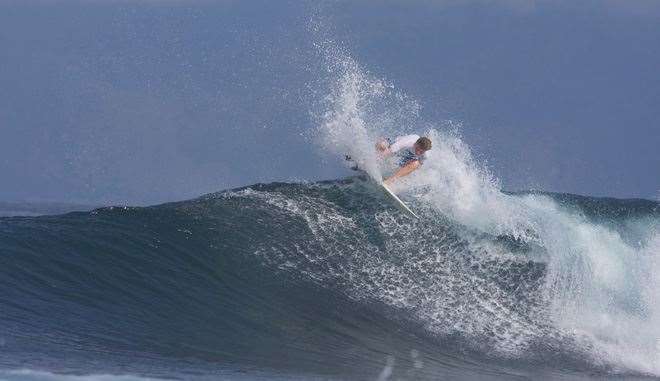
Clancy Mills getting lose in the lip.
Do surfers need to know a bit about board designs and how fins work to take advantage of the system?
With older removable fin systems, it didn’t take long for surfers to figure out that by putting in a bigger set of fins they were able to increase the bite off the bottom. By putting in a smaller back fin, they could loosen up the board. The 4WFS is just a natural progression of this. Changing the tow or cant of the fins will change the performance of the board much more than changing the size of the fins. There are a few basic principle to consider but it’s not rocket science.
Can you change the fins in the water between waves?
Yes, you can change the tow and spread in the water. Essentially this is a complete fin alignment system. You can have the same board set up to do 360’s in onshore slop or to tow in on off shore slabs.
More Info: 4wfs.com
Sales in Australia: [email protected]

